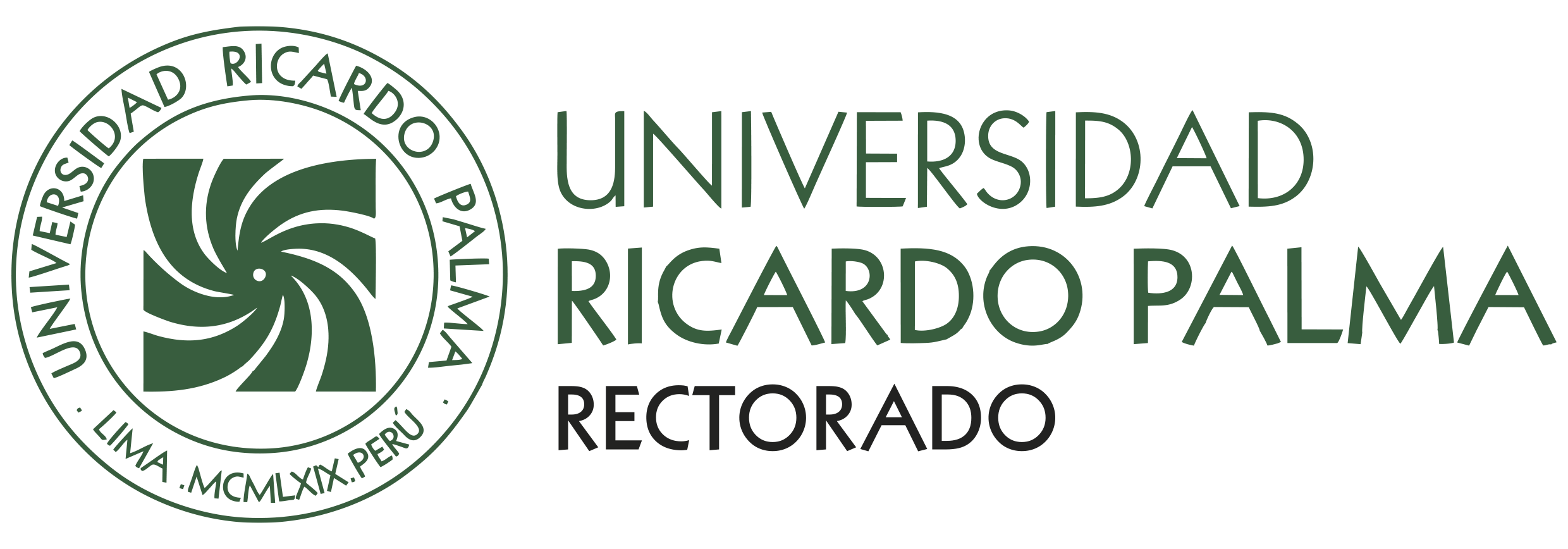The violation of the human rights of indigenous peoples: The case of the Unipacuyacu native community
DOI:
https://doi.org/10.59885/iusinkarri.2022.v11n12.08Keywords:
indigenous peoples, peasant and native communities, property rights, territoryAbstract
In Peru, there are fifty-one indigenous peoples recognized by the Peruvian State, one of which is the Kakataibo people, located between the Huanuco and Ucayali regions, which includes eight native Kakataibo communities, which have been threatened by third party invasions of their recognized and titled territories. However, the native community of Unipacuyacu still does not have a property title, fact that has produced more aggressive invasions of their territory, to the point that their indigenous leaders have been threatened and their community leader, Arbildo Meléndez, was murdered. The national and international norms have been reviewed, as well as the minimum standards of international law for indigenous peoples, where the Unipacuyacu case is analyzed in the light of these norms and the new public policies for the protection of human rights defenders.
Downloads
References
Ahora (2020, 31 de agosto). Acribillan a cuatro jóvenes en Puerto Inca. Ahora. https://www.ahora.com.pe/acribillan-a-cuatrojovenes-en-puerto-inca/
Chirif, A. (2015). Perú: A casi 40 años de la Sal de los Cerros. Servindi. https://www.servindi.org/actualidad/1554
Comisión Interamericana de Derechos Humanos (CIDH) (2004). Informe n.o 40/04, Caso 12.053, Comunidades Indígenas Mayas del Distrito de Toledo (Belice), 12 de octubre de 2004.
Comisión Interamericana de Derechos Humanos (CIDH) (2009). Derechos de los pueblos indígenas y tribales sobre sus tierras ancestrales y recursos naturales: normas y jurisprudencia del sistema interamericano de derechos humanos.
Comisión Nacional para el Desarrollo y Vida sin Drogas (Devida, 15 de septiembre de 2001). Devida presentó acciones para revertir escenario crítico en la lucha contra las drogas [Nota de prensa]. https://www.gob.pe/institucion/devida/noticias/650364-devida-presento-acciones-para-revertirescenario-critico-en-la-lucha-contra-las-drogas?fbclid=IwAR2wFdlHMhe0Q6nw0IOrWR9XNbkNWJOXxBgjb71mntA2oazwDYUD VhfzOEk
Corte Interamericana de Derechos Humanos (Corte IDH) (2001). Caso de la Comunidad Mayagna (Sumo) Awas Tingni vs. Nicaragua (Fondo, reparaciones y costas). Sentencia de 31 de agosto de 2001.
Corte Interamericana de Derechos Humanos (Corte IDH) (2006a). Caso Comunidad Indígena Yakye Axa vs. Paraguay. Interpretación de la sentencia de fondo, reparaciones y costas. Sentencia de 6 de febrero de 2006.
Corte Interamericana de Derechos Humanos (Corte IDH) (2006b). Caso Comunidad Indígena Sawhoyamaxa vs. Paraguay (Fondo, reparaciones y costas). Sentencia de 29 de marzo de 2006.
Corte Interamericana de Derechos Humanos (Corte IDH) (2007). Caso del Pueblo Saramaka vs. Surinam (Excepciones preliminares, fondo, reparaciones y costas). Sentencia de 28 de noviembre de 2007.
Corte Interamericana de Derechos Humanos (Corte IDH) (2017). Opinión Consultiva OC-23/17 de 15 de noviembre de 2017. Medio ambiente y derechos humanos.
Rodríguez, E. (2017). Las defensoras y los defensores de derechos humanos como grupo de especial protección incluido en el Plan Nacional de Derechos Humanos 2018-2021. Ius Inkarri. Revista de la Facultad de Derecho y Ciencia Política, (7), 167-178.
Published
How to Cite
Issue
Section
License
Copyright (c) 2022 Luis Alberto Hallazi Méndez

This work is licensed under a Creative Commons Attribution 4.0 International License.













